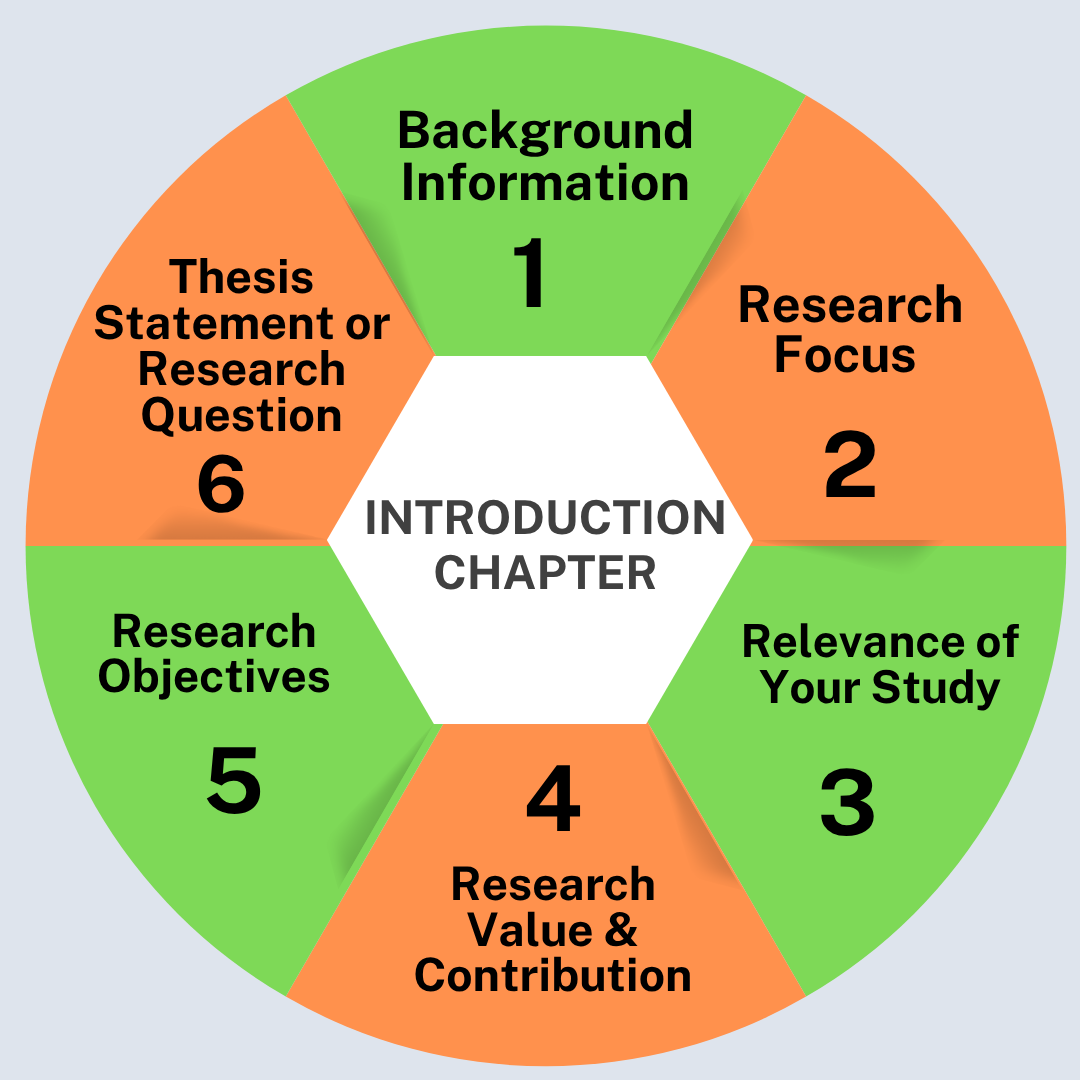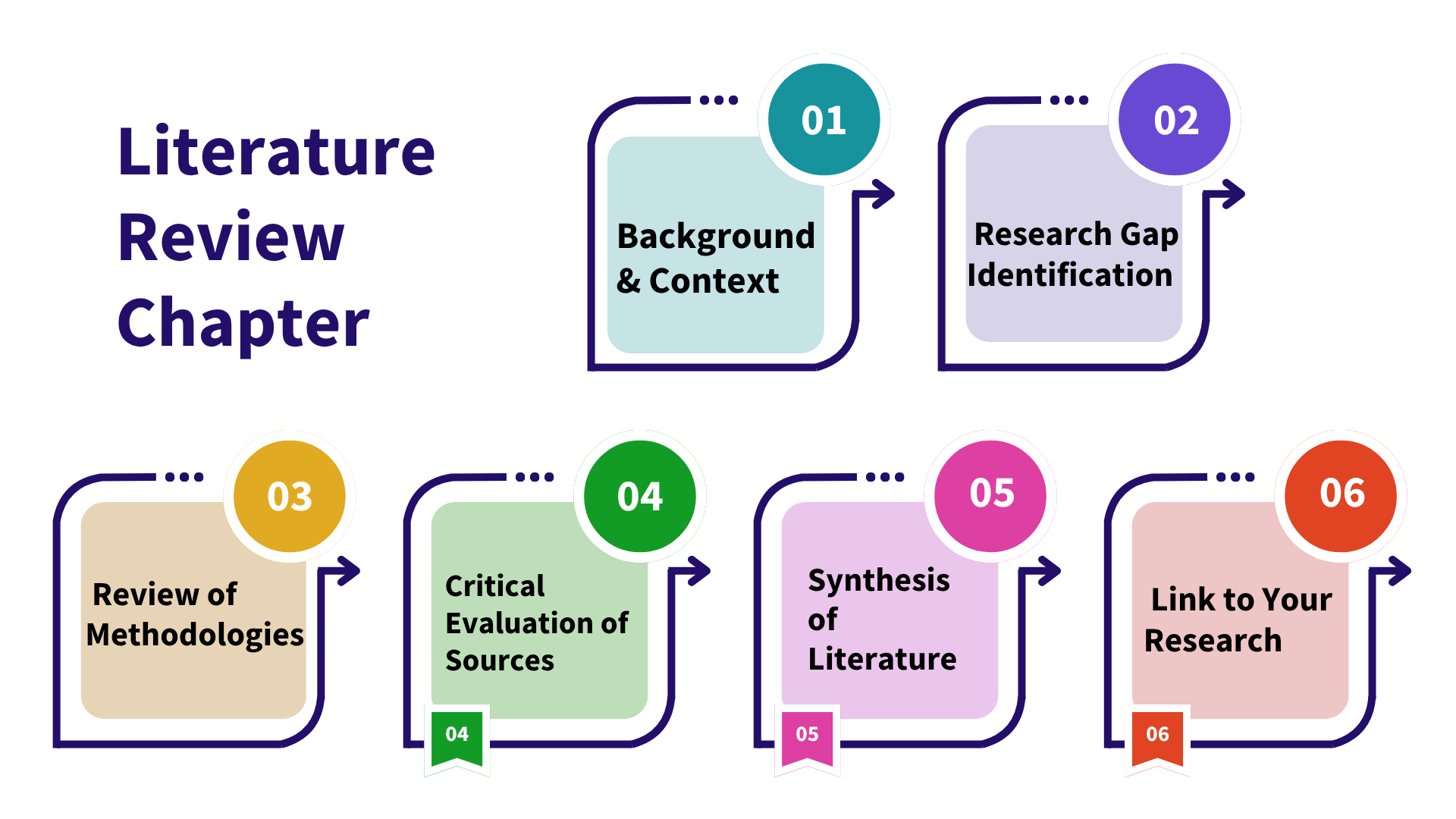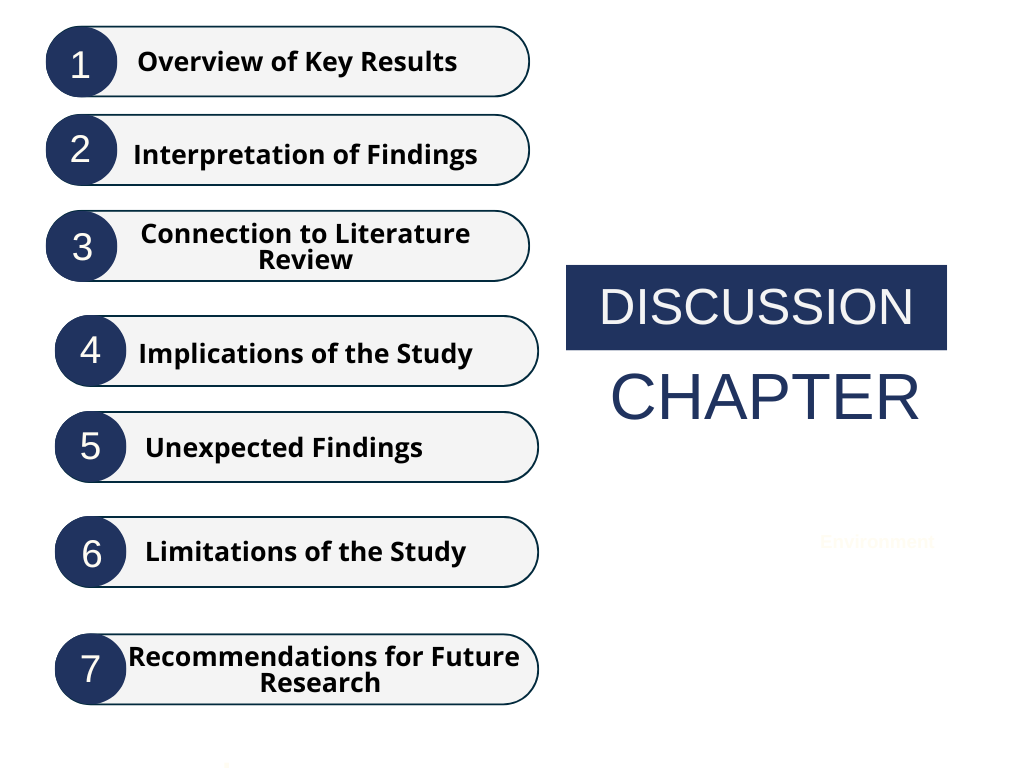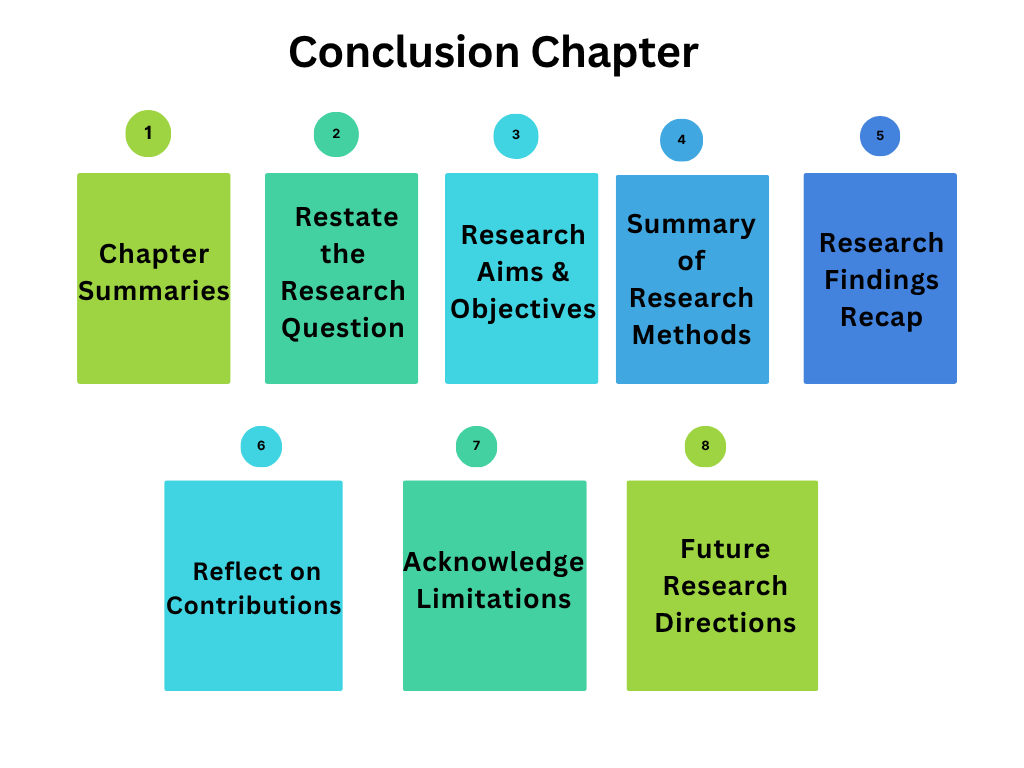
2025 Guide for UK Students
Writing a 10000 words dissertation may seem more manageable than some of the longer academic projects out there—but don’t be fooled. Structuring a full academic argument within this word count is still a major challenge, especially for UK students juggling deadlines and tight schedules.
A 10,000-word dissertation demands more than just length—it requires precision, organisation, and academic discipline. Every paragraph must serve a clear purpose, and every chapter must build your argument effectively. That’s why understanding the correct structure, word count distribution, and logical argument hierarchy is absolutely essential.
To support students working on their dissertations in 2025, Projectsdeal.co.uk has developed this step-by-step planning guide. Whether you’re struggling with chapter length, unsure how to transition between sections, or worried about maintaining coherence over 10,000 words, this article has the answers.
We’ll walk you through critical questions, including:
✅ What’s the ideal structure and word count breakdown for a 10,000-word dissertation?
✅ How do you build strong academic arguments chapter by chapter?
✅ How long should each section really be?
If any of these sound like the problems you’re facing—you’re in the right place. Let’s dive into a practical breakdown that gives your dissertation structure, clarity, and academic credibility.
⚠️ Note: Word counts may vary slightly depending on your institution’s requirements. Always check your university’s dissertation handbook or consult your supervisor.
🧱 10000 Words Dissertation Structure + Word Count Breakdown (UK 2025 Guide)
To make writing your dissertation easier, we’ve broken down the standard 10000 words dissertation structure — based on UK university guidelines — with a recommended word count distribution for each section.
📌 Why it matters:
Balancing your word count ensures your dissertation is well-structured, meets academic expectations, and flows logically from start to finish.
📊 Recommended Word Count Distribution
Here’s how to structure your dissertation chapter by chapter:
| Section | % of Total Word Count | Approx. Word Count (10,000 words) |
|---|---|---|
| Introduction | 10% | ~1,000 words |
| Literature Review | 30% | ~3,000 words |
| Methodology | 15% | ~1,500 words |
| Results | 5% | ~500 words |
| Discussion | 30% | ~3,000 words |
| Conclusion | 10% | ~1,000 words |
📖 Note: This distribution is based on general UK academic standards. Your university may suggest slight variations — always refer to your institution’s guidelines.
📝 1. Introduction Chapter | Word Limit & Argument Hierarchy – 2025 UK Guide
The introduction chapter is more than just a starting point — it sets the tone for your entire dissertation. For a standard 10000 words dissertation , the introduction typically accounts for around 10%, meaning ~1,000 words should be dedicated to it.
At Projectsdeal.co.uk, we’ve guided thousands of UK students in structuring powerful dissertations that grab attention from the very first paragraph. So here’s how you can make your dissertation introduction chapter impactful and academically sound.

📌 What to Include in the Introduction (UK University Standard)
To build a strong foundation and logical flow in your dissertation, your introduction must cover:
✅ Background Information
Introduce the broader topic and provide context for your specific research area.
✅ Research Focus
Clearly state what your dissertation investigates. Be precise.
✅ Relevance of Your Study
Explain why this topic matters in your academic field and real-world context.
✅ Research Value & Contribution
Demonstrate what unique perspective or value your research brings to the subject area.
✅ Research Objectives
Outline the aims and objectives you plan to accomplish through your study.
✅ Thesis Statement or Research Question
State your main research question or hypothesis. This sets the direction for your entire project.
🧠 How to Build Logic in the Introduction
Creating a coherent and convincing dissertation starts with a logical introduction. Here’s how to do it step by step:
- Start Broad, Then Narrow Down
Open with a brief overview of your topic. Give your reader just enough background to understand your focus area. - Contextualise the Study
Explain the academic or real-world problem that your research addresses. This helps position your study within the current literature or industry challenges. - Define Scope and Focus
Be specific about what your research covers — and equally, what it doesn’t. - Highlight Importance
Why should the reader care? What gap does your research fill? Explain the significance and urgency of the issue. - Set Expectations
Clearly outline your objectives and research questions. Let the reader know exactly what your dissertation will explore and what they can expect from it.
💬 Pro Tip from Projectsdeal.co.uk:
Many students make the mistake of writing the introduction first. In reality, it’s better to write the introduction last, once you’ve completed all other chapters — that way, your intro will reflect the full scope of your actual research.
📚 2. Literature Review Chapter | Word Limit & Argument Hierarchy – 2025 UK Guide
The Literature Review is one of the most critical chapters in your 10000 words Dissertation . It lays the academic groundwork for your study by critically evaluating existing research and highlighting the gap your study intends to fill.
In a standard UK dissertation, the literature review typically makes up 30% of the total word count, which means around 3,000 words should be allocated to this chapter.
At Projectsdeal.co.uk, we’ve helped thousands of students in the UK craft compelling and well-structured literature reviews. Here’s how you can make yours rigorous, relevant, and ready to impress academic assessors.

📌 What to Include in the Literature Review (UK University Standard)
Your literature review must go beyond summarising previous research. It should critically engage with sources, establish context, and justify your research direction. Here’s what it should include:
✅ Background & Context
Provide a historical and theoretical foundation for your topic. Set the stage for your argument.
✅ Research Gap Identification
Clearly highlight what has not been explored or what’s missing in current studies.
✅ Review of Methodologies
Comment on how previous studies approached the topic and identify limitations or inconsistencies.
✅ Critical Evaluation of Sources
Assess key theories, concepts, and contributions, not just descriptively but analytically.
✅ Synthesis of Literature
Group findings into themes or debates and demonstrate how they interconnect.
✅ Link to Your Research
Clarify how your study fits into the broader research landscape — or how it challenges it.
🧠 How to Build Logic in the Literature Review
Building a cohesive argument is essential. Your literature review should feel like a well-reasoned narrative, not a list of citations. Here’s how to do it effectively:
Start with Broad Context
Introduce your topic and explain its relevance within the academic discipline. Reconnect it to your introduction.
Narrow the Focus
Move towards the specific issue or gap that your research addresses. Be deliberate about showing how others have touched on it — and where they fall short.
Organise by Theme or Debate
Structure your review thematically or chronologically, not just by author. This helps your reader follow the logic.
Compare & Contrast Perspectives
Show where scholars agree, where they don’t, and what that means for your research. This demonstrates critical thinking.
Reaffirm Your Research Purpose
End the chapter by reinforcing how your study will fill the identified gap and contribute original insight to the field.
💬 Pro Tip from Projectsdeal.co.uk:
A common mistake students make is summarising sources without critique. Use a “critical voice” and continuously link the literature back to your research objectives. This ensures your review isn’t just informative — it’s strategic.
🔬 3. Research Methodology | Word Limit & Argument Hierarchy – 2025 UK Guide
The Research Methodology chapter is your opportunity to showcase the academic rigour behind your dissertation. It’s not about bragging — it’s about building trust, transparency, and credibility in your research process.
For a 10000 words dissertation , this section typically carries a 15% weight, meaning you should dedicate approximately 1,500 words to explaining how you conducted your research.
At Projectsdeal.co.uk, we’ve supported thousands of UK students in structuring strong, ethical, and well-defended methodology chapters. Here’s a practical breakdown to help you get it right the first time.

📌 What to Include in the Methodology (UK University Standard)
This chapter must answer the big question: How did you gather and analyse your data? Your markers want to see clarity, justification, and academic discipline. Here’s what to include:
✅ Research Approach
Define whether you used a qualitative, quantitative, or mixed-methods approach — and explain why this method was most suitable.
✅ Research Design
Describe the overall structure of your study — experimental, exploratory, descriptive, etc.
✅ Data Collection Methods
Explain how data was gathered (e.g., surveys, interviews, case studies, secondary sources) and justify your choices.
✅ Sampling Techniques
Clarify who your participants were, how you selected them, and why your sample was appropriate for your research goals.
✅ Data Analysis Procedures
Outline how you analysed the data — thematic analysis, statistical software (like SPSS), coding strategies, etc.
✅ Ethical Considerations
Describe how you ensured confidentiality, informed consent, and academic integrity.
✅ Limitations & Bias Management
Address any research limitations and explain how you minimised bias or subjectivity.
🧠 How to Build Logic in the Methodology Chapter
A strong methodology doesn’t just describe — it justifies. To build a logical and defensible chapter, follow this flow:
1. Start with Research Philosophy & Strategy
Outline your epistemological position (e.g., positivism, interpretivism) to ground your methods in academic theory.
2. Justify Each Method
For every method you mention, explain why it best suits your research question and objectives.
3. Use Examples Where Possible
If you’re applying common tools or techniques (e.g., Likert scales, NVivo software), briefly explain how and why they were applied.
4. Explain How You Ensured Validity
Talk about measures like triangulation, pilot testing, or peer review to demonstrate academic integrity.
5. Connect to Research Questions
Keep linking your methods back to the research objectives you laid out in the introduction — this shows alignment and purpose.
💬 Pro Tip from Projectsdeal.co.uk:
The methodology chapter can make or break the credibility of your dissertation. Avoid generic explanations — instead, tailor your choices to your research aims. If you’re unsure how to articulate it academically, Projectsdeal offers custom methodology writing support from UK-based PhD experts.
📊 4. Research Findings Chapter | Word Limit & Argument Hierarchy – 2025 UK Guide
The Research Findings chapter is where your hard-earned data speaks for itself. While it might be one of the shortest chapters in your 10000 words dissertation — typically just 5%, or around 500 words — its clarity, structure, and accuracy can significantly impact your final grade.
At Projectsdeal.co.uk, we know how challenging it can be to compress extensive research into just a few paragraphs without missing key insights. Here’s how to structure, present, and justify your findings effectively within a limited word count.

📌 What to Include in the Research Findings (UK University Standard)
Even in a tight word limit, your research findings chapter must clearly convey your study’s outcomes. Here’s what should be included:
✅ Introductory Lines
Begin with a brief restatement of your research question and objectives. This orients the reader before you present the data.
✅ Clear Summary of Results
Present your findings in a neutral, unbiased tone. Avoid over-interpreting — save that for the discussion chapter.
✅ Data Presentation
Use tables, charts, graphs, or figures (where applicable) to present data clearly and concisely.
✅ Patterns & Trends
Highlight emerging themes, patterns, or unexpected results without diving into deep analysis (that comes later).
✅ Link to Research Questions
Clarify how the findings respond directly to your research objectives — are they consistent with expectations?
🧠 How to Build Logic in the Research Findings Chapter
This chapter isn’t just about dumping data — it’s about making the information digestible and meaningful. Here’s how to keep your logic tight and your structure effective:
1. Group Findings by Theme or Question
Rather than listing every result, organise by research sub-questions or key themes. This shows structure and critical thinking.
2. Use Visuals Wisely
If applicable, present your findings with graphs or charts to condense complex data. Add a short caption and explain key takeaways in the text.
3. Avoid Interpretation (Yet)
Stick to what the data shows. Don’t dive into reasons or implications — save that for the discussion chapter.
4. Highlight Significant Patterns
Mention noteworthy or surprising findings. If something contradicts the literature, make a note — but don’t explain it in detail here.
5. Keep it Concise
With just 500 words, clarity is everything. Every sentence must contribute to summarising the results without repetition.
💬 Pro Tip from Projectsdeal.co.uk:
Many students lose marks by mixing findings with discussion. Keep this chapter strictly about what you discovered. Let your data tell the story — the ‘why’ and ‘so what’ comes next.
🧠 5. Discussion Chapter | Word Limit & Argument Hierarchy – 2025 UK Guide
The Discussion chapter is where everything comes together. This is your opportunity to interpret your findings, connect them with existing literature, and demonstrate the real value and impact of your research.
In a 10000 words dissertation, the discussion typically carries 30% of the total word count, which gives you around 3,000 words to break down what your results mean, why they matter, and how they align with previous studies.
At Projectsdeal.co.uk, we’ve helped thousands of UK students craft compelling, high-scoring discussion chapters. Here’s how to structure this crucial section effectively.

📌 What to Include in the Discussion (UK University Standard)
Your discussion should not just explain your results — it must critically engage with them. Here’s what to cover:
✅ Overview of Key Results
Begin with a concise summary of the major findings from your results chapter.
✅ Interpretation of Findings
Explain what your results mean in the context of your research questions, objectives, and existing literature.
✅ Connection to Literature Review
Show how your findings support, contradict, or expand on the literature you reviewed earlier.
✅ Implications of the Study
Discuss how your research contributes to academic theory or real-world practice.
✅ Unexpected Findings
Highlight any surprising results — and offer potential explanations for them.
✅ Limitations of the Study
Be transparent about your study’s weaknesses or constraints. This shows maturity and critical thinking.
✅ Recommendations for Future Research
Suggest how other researchers can build on your work or explore unresolved questions.
🧩 How to Build Argument Hierarchy in the Discussion Chapter
Your argument structure in the discussion chapter should guide the reader through a logical, evidence-based narrative. Here’s a clear step-by-step hierarchy to follow:
1. Reconnect with Your Research Questions
Start by linking each major result back to your initial research question(s). Were your hypotheses confirmed? Did the data align with your expectations?
2. Interpret, Don’t Just Restate
Explain why the findings turned out as they did. Use theories, frameworks, or academic models to strengthen your interpretation.
3. Compare with the Literature
Analyse how your findings relate to previous studies. Do they confirm, challenge, or expand existing knowledge? This showcases your understanding of the academic debate.
4. Discuss Broader Implications
What does your research mean for your academic field? What are the real-world consequences? Go beyond theory where possible.
5. Acknowledge Limitations
Be honest about what your study couldn’t cover — sample size, scope, or time constraints. Reflecting on limitations adds credibility.
6. Recommend Future Research
Highlight gaps that future scholars could explore. Mention how future studies could improve upon your methodology or examine new variables.
💬 Pro Tip from Projectsdeal.co.uk:
Avoid the common mistake of repeating your results. This chapter is for interpretation and reflection — not summary. Use critical thinking to go deeper into what your findings mean and why they matter.
✅ 6. Conclusion Chapter | Word Limit & Argument Hierarchy – 2025 UK Dissertation Guide
The Conclusion chapter is your final chance to tie everything together and showcase the value of your research. In a standard 10000 words dissertation, this chapter typically takes up 10% of the total word count, equating to around 1,000 words.
At Projectsdeal.co.uk, we’ve helped thousands of students write strong conclusions that leave a lasting impression. Here’s how to make your dissertation conclusion chapter clear, concise, and academically compelling.

📌 What to Include in the Conclusion (UK University Standard)
The conclusion isn’t just a summary — it’s where you reaffirm your argument, highlight your research’s contributions, and demonstrate a clear understanding of the topic. Here’s what to include:
✅ Chapter Summaries
Briefly summarise the key points and insights from each chapter. Don’t repeat details — focus on the core takeaways.
✅ Restate the Research Question
Remind the reader of the central research question or problem you explored.
✅ Research Aims & Objectives
Revisit the aims you set out in the introduction and evaluate whether they were achieved.
✅ Summary of Research Methods
Briefly explain the methodology and why it was appropriate for your study.
✅ Research Findings Recap
Highlight the main findings — link them back to your research questions and objectives.
✅ Reflect on Contributions
What does your research add to the field? What knowledge gap did it help close?
✅ Acknowledge Limitations
Openly discuss any limitations in your study — methodological, practical, or theoretical.
✅ Future Research Directions
Suggest what future scholars could explore based on your findings.
🧠 How to Build a Strong Argument in the Conclusion Chapter
Think of your conclusion as the final stage of your argument hierarchy. Here’s how to structure your reasoning step by step:
1. Start with Chapter-Level Summaries
Give a brief overview of each chapter, from introduction to discussion. Show how each part contributed to the overall narrative.
2. Reaffirm Your Central Question
Clearly restate your research question or hypothesis. This helps remind your reader of your original focus.
3. Revisit Your Objectives
Outline the key goals you set. Did your research meet or exceed them? Be transparent in your self-assessment.
4. Justify the Methodology
Briefly explain why your chosen methods (qualitative, quantitative, or mixed) were the best fit for your topic.
5. Evaluate the Results
Discuss how your findings answered your research questions and how they align with the existing literature.
6. Acknowledge Gaps
No research is perfect. Identifying any unresolved questions or research limitations shows academic maturity.
7. Offer Forward-Looking Insights
Conclude by suggesting areas for future research or practical recommendations for policymakers, professionals, or academics.
💬 Pro Tip from Projectsdeal.co.uk:
Avoid adding new information in your conclusion. Keep it focused on reflection, analysis, and wrapping up the story your dissertation told. The strongest conclusions are insightful, not repetitive.
🎓 Word Count Breakdown for a 10000 Words Dissertation | University of Wolverhampton Style Guide – 2025
When planning a 10000 words dissertation, structuring your work with the right word count allocation for each chapter is essential. Some UK universities, such as the University of Wolverhampton, provide detailed guidance on how to distribute your word count effectively — helping you maintain balance and academic flow.
At Projectsdeal.co.uk, we’ve supported thousands of UK students with dissertations by following both university-issued and expert-recommended structures. Here’s a smart breakdown for your 10,000-word dissertation using Wolverhampton’s style of distribution.
📊 10000 Words Dissertation Chapter-Wise Word Count Breakdown
| Chapter | Word Count Weightage | Approximate Words |
|---|---|---|
| Introduction | 10% | 1,000 |
| Literature Review | 20% | 2,000 |
| Research Methodology | 30% | 3,000 |
| Results / Findings | 10% | 1,000 |
| Discussion | 20% | 2,000 |
| Conclusion & Recommendations | 10% | 1,000 |
⚠️ Important Note
This breakdown reflects a widely accepted structure used by many UK research experts and academic consultants. However, always check your university’s official dissertation handbook or consult with your supervisor for institution-specific formatting and chapter guidelines.
📑 Structural Pages to Format Your 10000 Words Dissertation
In addition to your core chapters, a polished and academically sound dissertation also includes several structural pages that enhance the overall presentation. These pages are critical to your document’s layout and organisation — even though they do not count toward your 10,000-word limit.
At Projectsdeal.co.uk, we recommend every student include the following essential structural components to submit a complete and professional dissertation.
📌 Essential Structural Pages
Below are the must-have pages to finalise your dissertation format, aligned with UK university standards:
📄 Title Page
Your title page should include the most important administrative information, such as:
- Dissertation Title
- Your Full Name
- University Name
- Academic Department or Faculty
- Degree Programme (e.g., MSc, MBA, MA)
- Date of Submission
📌 Ensure the layout is neat, centred, and professionally styled.
🧠 Topic Statement
Your topic title or research focus should be clearly stated at the top of the page. It needs to reflect your main research area, scope, and keywords accurately.
🧾 Full Name and Department
Reconfirm your full legal name and the department to which your dissertation is submitted. This ensures formal traceability within university archives.
📅 Submission Date
Mention the official date when your dissertation is submitted. This helps establish its place within the academic year and submission cycle.
📚 References
Your references page must include a complete and accurate list of all academic sources cited in your dissertation.
- Follow your university’s referencing style (e.g., APA, Harvard, MLA)
- List all books, journal articles, online sources, and reports
- Ensure consistent formatting throughout
🧠 Tip: Use tools like Zotero, Mendeley, or RefWorks to streamline your citations.
📎 Appendices
Appendices are used to store supplementary data that supports your research but does not belong in the main text.
Common examples include:
- Survey or interview transcripts
- Consent forms and ethical approval letters
- Detailed charts, tables, or coding scripts
- Raw datasets or additional images
Label them clearly (e.g., Appendix A, Appendix B) and refer to them in your chapters as needed.
🙏 Acknowledgements Page
Use this section to thank the individuals or institutions that supported your research. This may include:
- Your academic supervisor
- Research participants
- Friends and family
- Organisations or funding bodies
Though optional, this page adds a human element to your academic work and shows gratitude for the support received.
⚠️ Pro Tip from Projectsdeal.co.uk
Including these structural pages with correct formatting will elevate your dissertation’s professionalism and make a strong impression on academic reviewers.
📚 Common Questions About 10000 Words Dissertations
Writing a 10000 words dissertation is a significant academic milestone for UK students. At Projectsdeal.co.uk, we regularly help students complete their dissertations with confidence and clarity. Below, we’ve answered the most frequently asked questions related to structure, word count, time investment, and more.
1. How many pages is 10,000 words?
A 10,000-word dissertation typically equals around 20 pages single-spaced or 40 pages double-spaced, assuming standard A4 paper, 12-point Times New Roman font, and 1-inch margins. However, this can vary slightly depending on formatting preferences.
2. How long does it take to write a 10000 words dissertation?
On average, students spend between 35–50 hours writing a 10,000-word dissertation. This includes time for research, outlining, drafting, editing, and proofreading. Your pace may vary depending on the complexity of your topic and your academic writing experience.
3. How to structure a 10,000-word dissertation?
A typical UK university-approved structure might look like this:
- Introduction – 1000 words
- Literature Review – 3000 words
- Methodology – 1500 words
- Results/Findings – 500–1000 words
- Discussion – 2500–3000 words
- Conclusion & Recommendations – 1000 words
- References & Appendices – Not included in word count
Always check your university’s dissertation handbook for exact guidelines.
4. How long should the methodology chapter be in a 10,000-word dissertation?
The methodology chapter typically accounts for 15% of the total word count, which is about 1500 words. This section explains your research design, data collection techniques, sampling strategy, and any tools or software used.
5. How long does a 10,000-word dissertation take?
A well-planned 10,000-word dissertation can be completed in 3–6 weeks, depending on how much time you dedicate per day. This includes reading, researching, writing, revising, and formatting.
Need help with time management? Our expert dissertation planners can help keep you on track.
6. How many sources should a 10,000-word dissertation have?
As a general rule, aim for at least 30–50 academic sources. However, the number may vary depending on your subject area. A high-quality dissertation relies on relevant, credible, and peer-reviewed literature to support your arguments.
7. Is 10,000 words enough for a master’s thesis?
Yes, a 10,000-word count is standard for a Master’s dissertation in the UK. It allows enough depth to demonstrate research competency, critical thinking, and subject mastery — provided your arguments are focused and well-structured.
8. How many minutes is 10,000 words when spoken?
If you were to read a 10,000-word dissertation aloud, it would take approximately 65–70 minutes, assuming a comfortable speaking pace of around 150–160 words per minute.
9. How many A4 pages is 10,000 words?
Using standard formatting (12-point font, Times New Roman, single spacing), a 10,000-word document would be about 20 A4 pages. With double spacing, expect it to be around 40 pages.
10. How many pages is a 10000 words dissertation?
A 100,000-word dissertation would amount to 200 single-spaced or 400 double-spaced A4 pages, depending on formatting. This is typical for PhD-level dissertations, which demand extensive research and analysis.
11. How long is 500 characters?
500 characters is approximately 75–80 words, and will take up half a page or less in a Word document using standard formatting.
✅ Summary
Writing a 10000 words dissertation can seem like a daunting task due to the extensive research, word count expectations, and the wide range of academic components you need to include. To meet university standards and submit a well-structured dissertation, students must ensure clarity, logical flow, and a strong argumentative structure throughout each chapter.
With a larger word count, it’s easy to drift into vague statements or add unnecessary filler. Instead, focus on quality over quantity — every paragraph should contribute to answering your research question or supporting your argument. Prioritise relevance, critical analysis, and strong referencing to ensure coherence and academic rigour.
If you’re feeling overwhelmed or running out of time, remember that professional assistance is always available. At Projectsdeal.co.uk, students often approach us with the simple request to “do my dissertation” — and our experts are ready to help. Whether you need writing, editing, or formatting assistance, our team ensures timely delivery and academic excellence.
However, if you choose to complete your dissertation independently, this guide provides a comprehensive structure breakdown and chapter-wise argument hierarchy to help you succeed. By following the recommended word count distribution and logical sequencing, you’ll be equipped to write a clear, coherent, and high-quality 10000 words dissertation that aligns with UK academic standards.
📚 Related Resources
7500 Words Dissertation Structure
